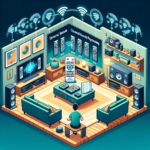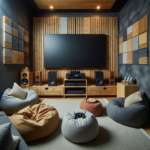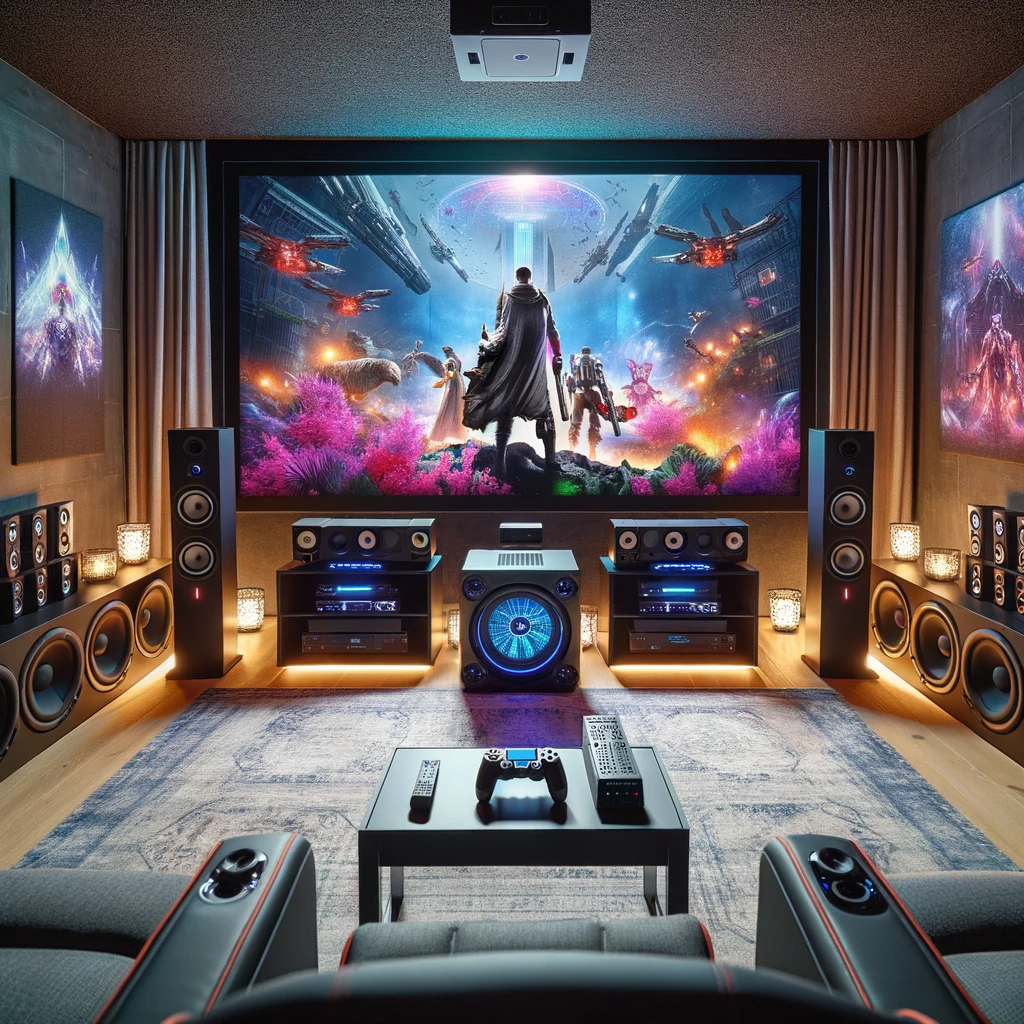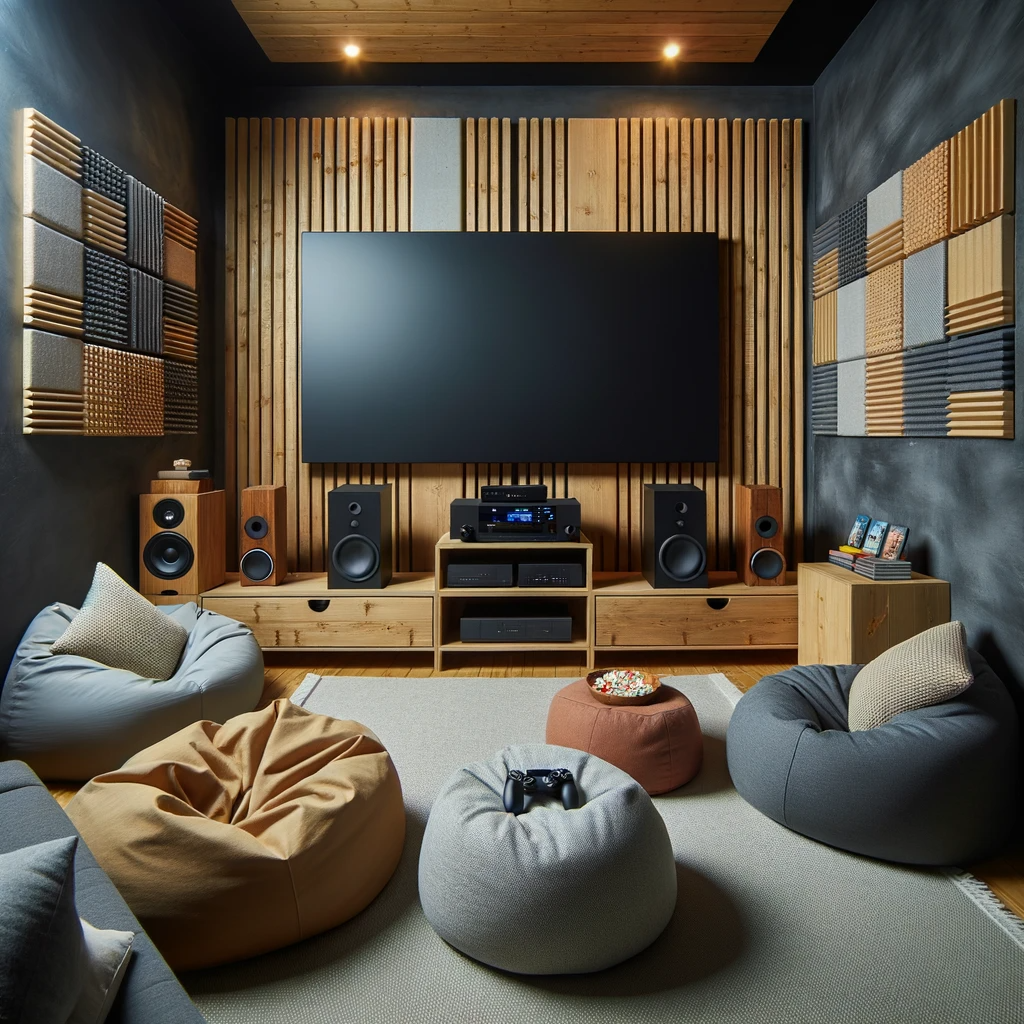Introduction
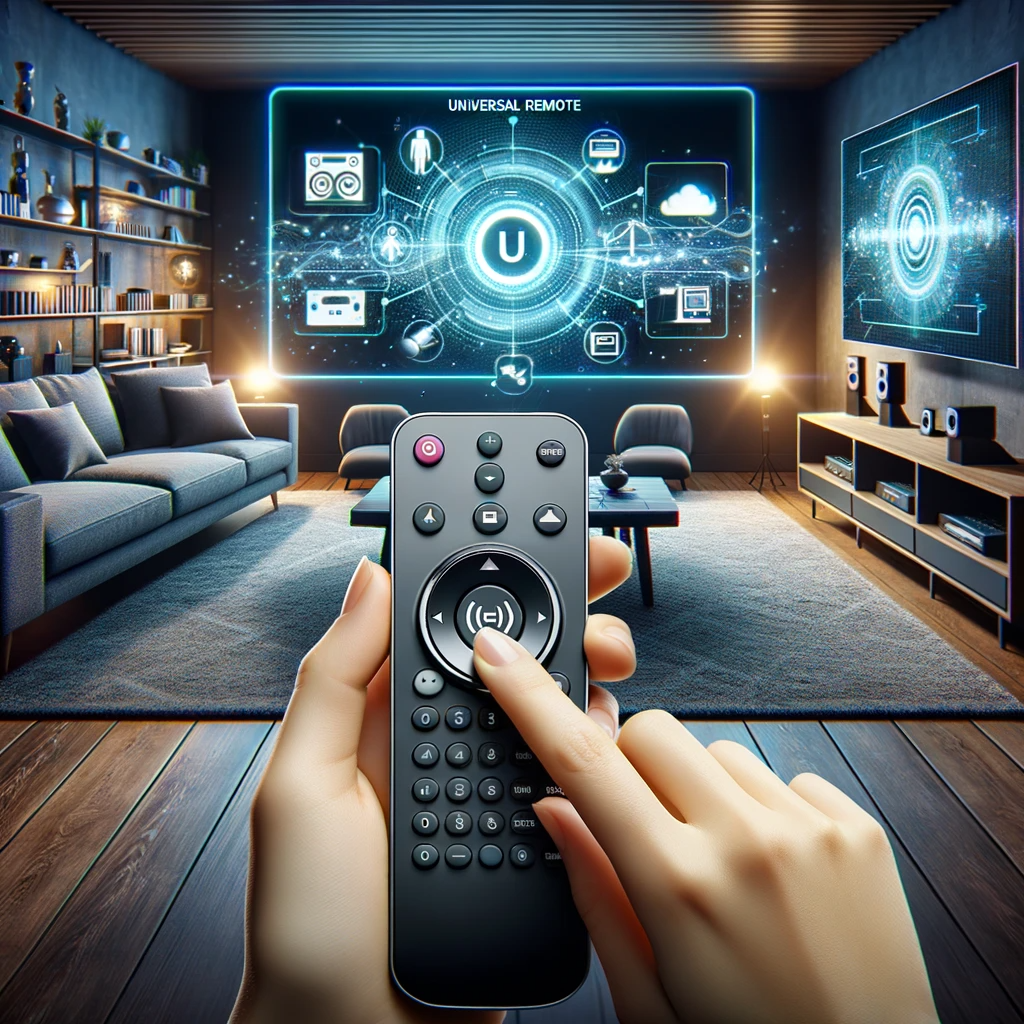
Definition of a universal remote
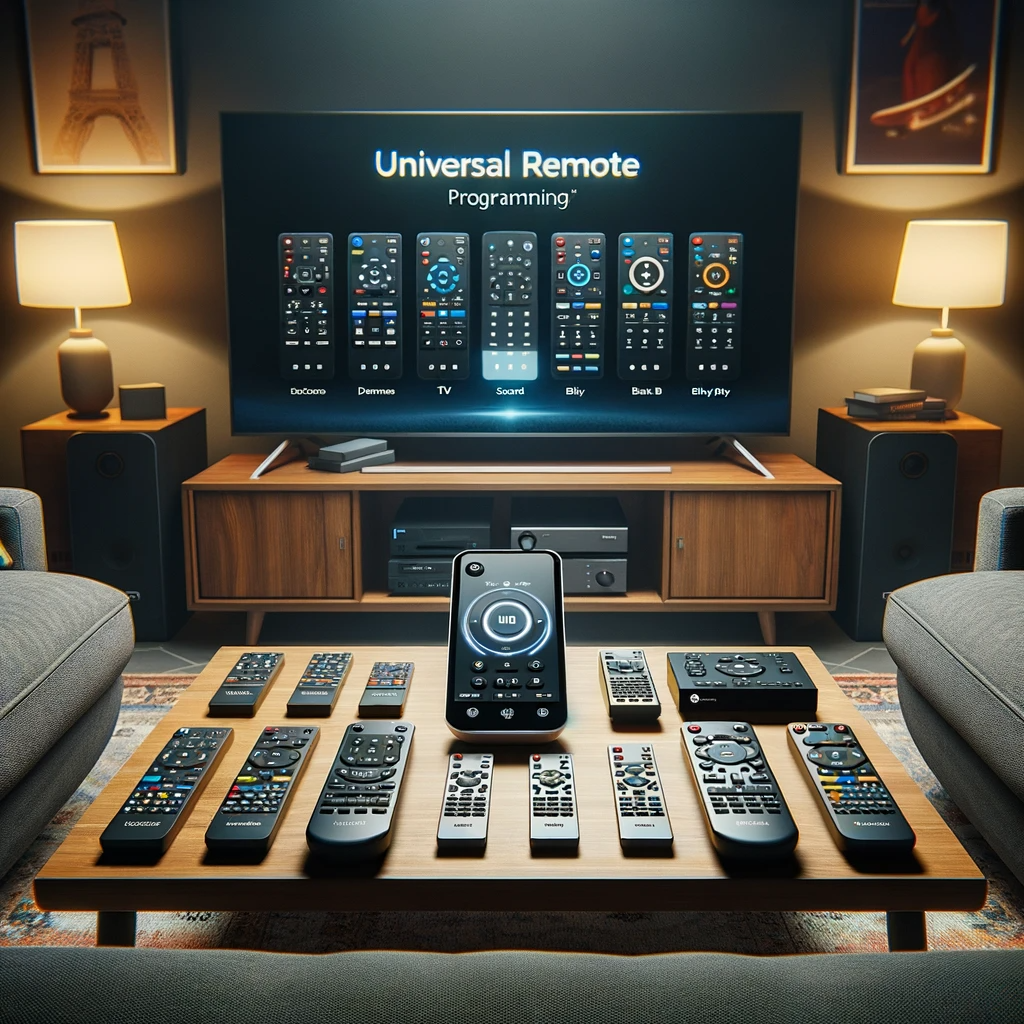
A universal remote is a device that can control multiple electronic devices, such as televisions, Blu-ray players, and sound systems, using a single remote control unit. It eliminates the need to juggle multiple remotes by providing a centralized solution for managing various home theater components.
Importance of universal remote programming for home theaters
Universal remote programming plays a crucial role in enhancing the overall experience of using a home theater setup. By programming the universal remote to control all devices in the system, users can simplify their interactions and eliminate the hassle of searching for specific remotes.
This streamlines operations and saves valuable time, making home theater usage more convenient and enjoyable. Additionally, programming allows customization options like setting up macros or activities that perform multiple actions with just one button press, enabling seamless transitions between different media sources or optimizing audio and video settings for specific types of content.
The significance of universal remote programming becomes particularly evident when considering the complexity involved in managing multiple devices within a home theater system. With numerous gadgets and their corresponding remotes scattered around, there is an increased risk of misplacing or damaging them.
By consolidating control into one device via proper programming techniques, users can minimize clutter while ensuring easy access to all functions from a single interface. Moreover, universal remotes often offer advanced features like backlit buttons or touchscreens that enhance usability in low-light environments or provide quick access to frequently used commands.
Understanding Universal Remote Programming Basics
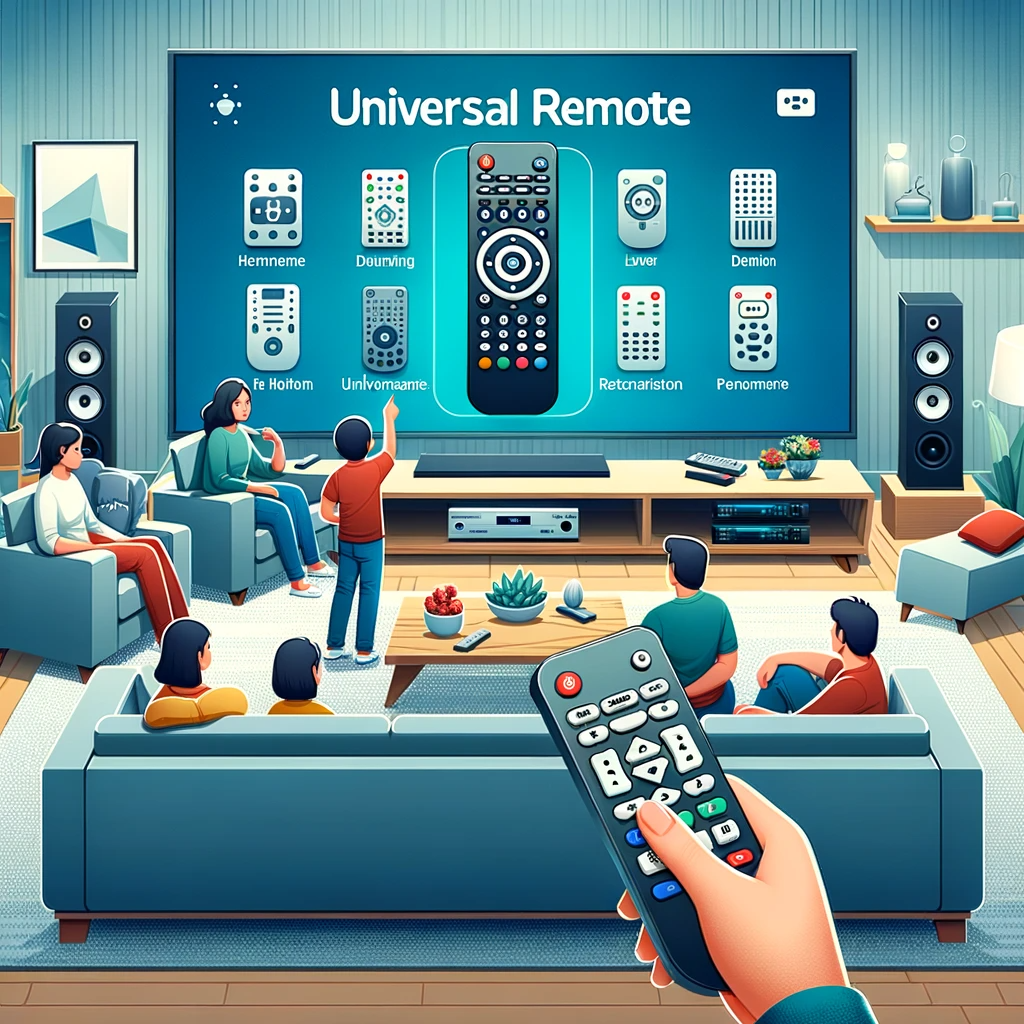
Different types of universal remotes available in the market
Manufacturers offer various types of universal remotes.
Consumers can choose from three popular options: infrared (IR), radio frequency (RF), and Wi-Fi-enabled remotes.
IR remotes use infrared signals to communicate with devices, requiring a direct line-of-sight between the remote and the device.
RF remotes, on the other hand, use radio frequency signals that can pass through walls and obstacles, providing more flexibility in controlling devices from a distance.
Wi-Fi-enabled remotes connect to home networks and often come with advanced features like smartphone integration and voice control.
Components of a universal remote control
Universal remote controls consist of several key components.
Buttons on the remote allow users to input commands for different functions like power on/off, volume adjustment, channel selection, and navigation through menus.
Advanced models often feature LCD screens or touchpads that provide additional functionality and ease of use.
The LCD screens display relevant information such as device names or customizable icons for quick access to specific functions.
Touchpads enable users to swipe or tap gestures for intuitive control over their home theater system.
Preparing for Universal Remote Programming
Gathering necessary information and tools
Collect the make and model numbers of all devices to be controlled by the remote.
Refer to user manuals or online resources specific to each device for programming instructions.
Ensure you have batteries on hand, if needed, for the universal remote.
Creating an optimal setup for programming
Position your remote control and devices in a way that allows a clear line-of-sight between them.
Avoid obstacles or obstructions that may interfere with signal transmission.
Take measures to minimize any potential interference from other electronic devices in the vicinity.
Programming Techniques for Universal Remotes
A: Manual Code Entry Method
Follow step-by-step instructions to manually enter codes into the remote control to pair with each device in your home theater system.
Use a trial-and-error method by testing different codes until you find the one that successfully controls your device.
B: Code Search Method
Understand how the code search method works, which involves the remote automatically scanning through possible codes until it finds one that works with a specific device.
Consider both advantages and limitations associated with this method, such as its convenience but potential longer duration compared to manual code entry.
C: Online Database Method
Discover online databases that provide comprehensive lists of codes for various devices.
Access these databases easily and follow their instructions on using the correct codes for programming your universal remote.
Conclusion
Preparing for universal remote programming requires gathering essential information about your devices, along with any necessary tools. Creating an optimal setup will ensure effective communication between your remote control and home theater components.
When it comes to programming techniques, manual code entry offers a precise approach while code search provides convenience, and online databases offer extensive code libraries.
By following these steps and methods, you can set up and program your universal remote for seamless control of your home theater system, simplifying the way you interact with your entertainment devices. Enjoy the convenience of a universal remote that brings all your devices under one control, enhancing your overall home theater experience.
